
Melon Balls, what a perfectly refreshing snack or dessert.
Have fun teaching your kids how to use a melon baller then scooping out the colorful balls.
Did you know?
Watermelon
Watermelon seeds were found in the tomb of King Tut.
In the US the largest producers of watermelon are Florida, Georgia, Texas, California and Arizona.
The first recorded watermelon harvest was 5000 years ago in Egypt.
Watermelon is 92% water; early explorers used watermelons as canteens.
The watermelon is truly an international food, many more watermelon are consumed by other countries than the US. For example China consumes 30 times more watermelon than the US, they are the worlds largest producer as well. In China they also stir fry the rind with a bit of olive oil, garlic, chili peppers, scallions and ginger.
Watermelon rind contains many, many hidden nutritional benefits that the watermelon itself does not provide. In Southern US pickled watermelon is commonly enjoyed.
The watermelon is thought to have originated in Southern Africa.
Watermelon is a great source of potassium, vitamin A, vitamin C and B6. It also contains calcium, phosphorus and magnesium.
Honeydew
A ripe honeydew's flesh turns from green to white and is one of the slowest melons to ripen.
Honeydew seeds were brought to China by Vice President Henry Wallace in the 1940's and as a result they often refer to the fruit as the Wallace.
Honeydew is a great source of vitamin C, it also contains folate, potassium and B6.
Cantaloupe
Cantaloupe is believed to have originated in India or Africa.
Christopher Columbus introduced cantaloupe to America on his 2nd voyage to "the new world" in 1494.
Always wash the outside of a cantaloupe before cutting into it as the surface of cantaloupe has been known to carry salmonella.
1/4 of a medium cantaloupe provides 400% of your daily vitamin A requirement and 100% of your vitamin C.
Cantaloupe is a nutritional powerhouse with many purported health benefits.
Cantaloupe is a great source of vitamin C, fiber, beta carotene, folate and potassium.
Melon Balls
1/2 watermelon
1 cantaloupe
1 honeydew
Wash each melon and blot dry with paper towels.
Have your CB help you cut the melons on half (between the stem markings).
Using your melon baller on an angel, push it into the melon and firmly but gently turn it towards your body, then away turning your wrist in almost a full circle. This creates a circular shape.
Place fruit balls into a glass or bowl, cover tightly and refrigerate for 1 hour prior to serving.
For fun, serve with toothpicks!
Tip - Honeydew and cantaloupe are not meant to be refrigerated. For best results allow to ripen on your counter for a few days.
Happy Cooking!

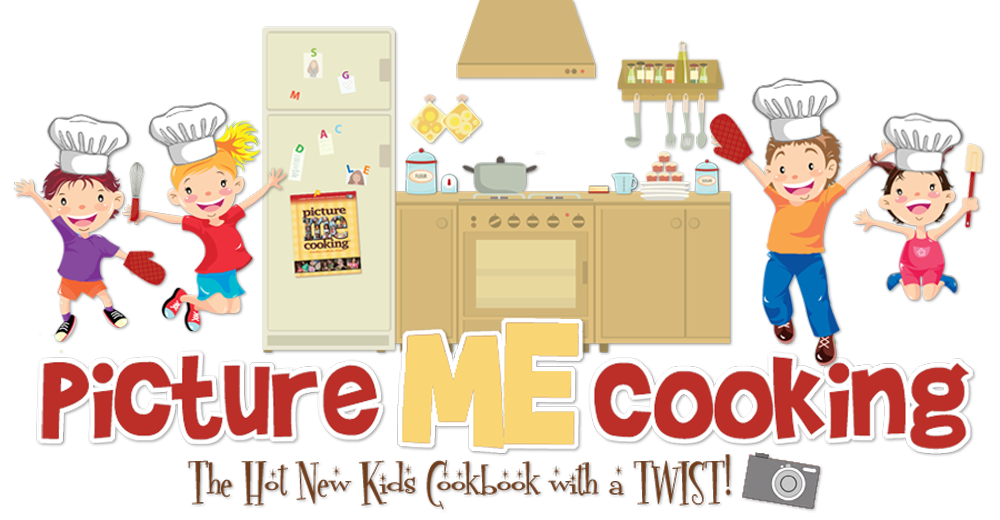

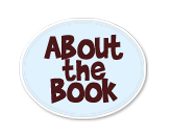
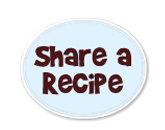

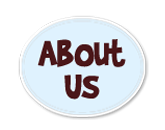
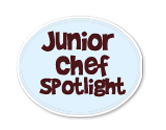












No comments:
Post a Comment